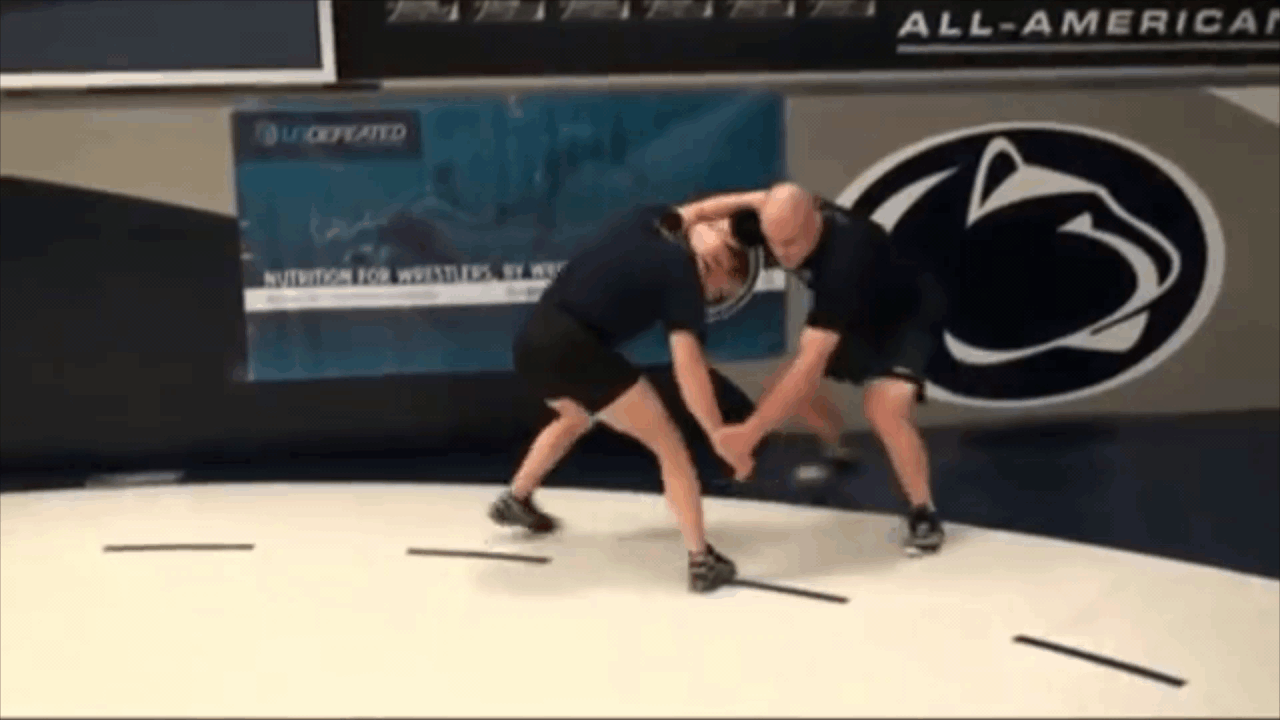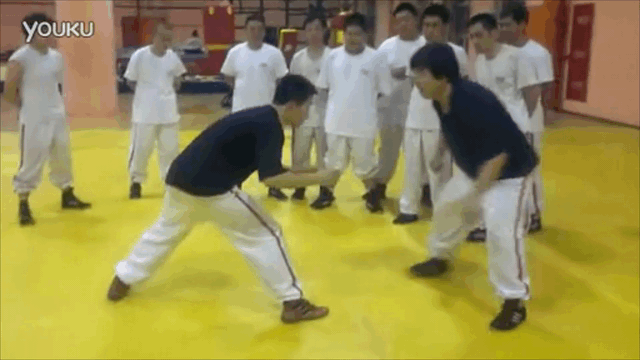I think he switched gears on us. When I read what he was saying the first time. I was applying it to one of the videos. But then when I just take what he says without any reference to any of the videos then it made sense, which is why I stated that I read his comment incorrectly. I'm thinking 1 thing and he's thinking another.I'm not really sure I am following your train of thought any longer. What is the general problem for striking arts ? That we have no way to knock someone down ?
When he says that a fight should end when someone gets hit in the face, then it's similar to what we have been saying. If a striker taps someone on the face with a nice solid but not hard punch, then the grappler shouldn't act as "if it wasn't nothing". The grappler should acknowledge that he got hit solid without addressing the punch. From a training perspective a grappler should be concern with stuff like that. If he can't avoid the slow stuff, then it's not likely he can afford to make the same mistake if someone is punching hard.
Similar in grappling (for me). If you are my student and your partner shoots and puts you in this position, then I'm not interested in seeing anymore. This is such an epic failure that, the first lessons is prevent this. I wouldn't care if the other student doesn't get experience in fighting on the ground. I would stop the fight and then lecture the student. Nothing good can come from this. Then I would ask the other student to do it again
This is how the fight ended and it started with this.
Different guy Same problem.
1st lesson isn't to learn how to fight on the ground. It's to learn how to not put yourself in this position. Until a student gets this part right, there's just no purpose of letting things play out. I already know how it's going to end.
At this point, just acknowledge, that your partner has gotten the best of you and that he /she made you pay dearly for that mistake.



